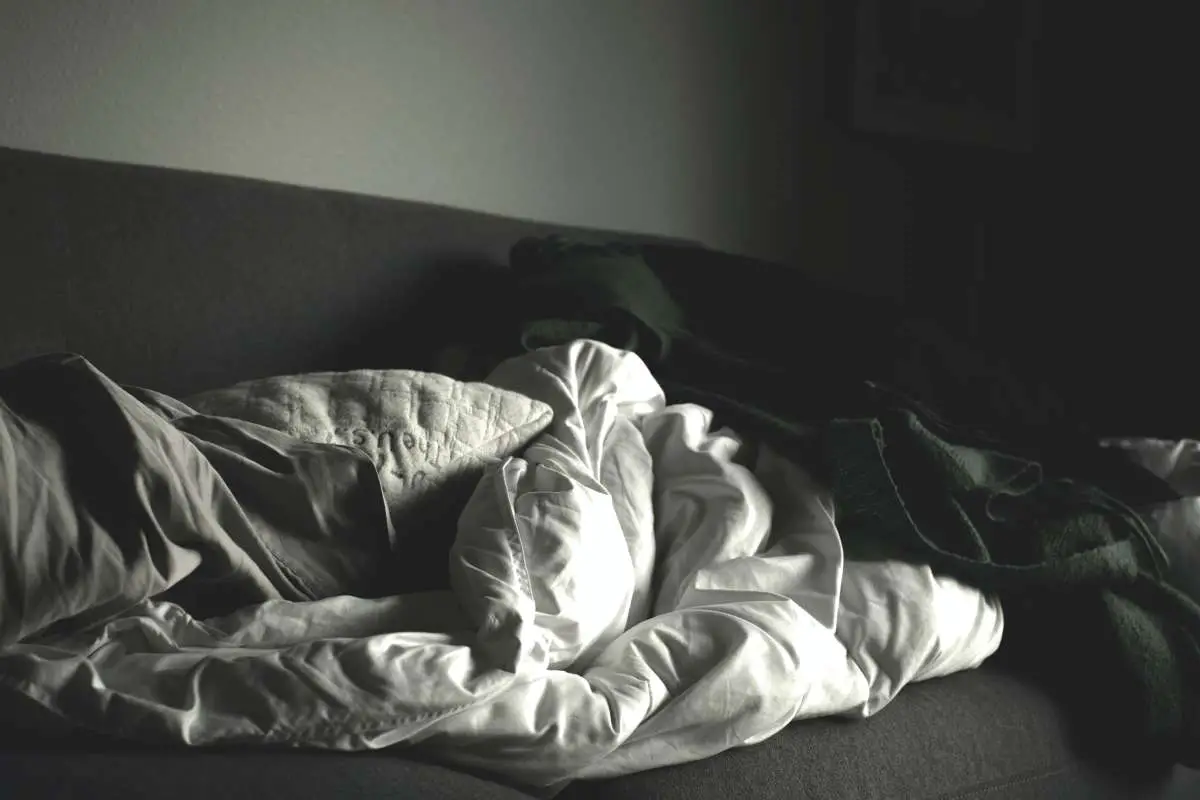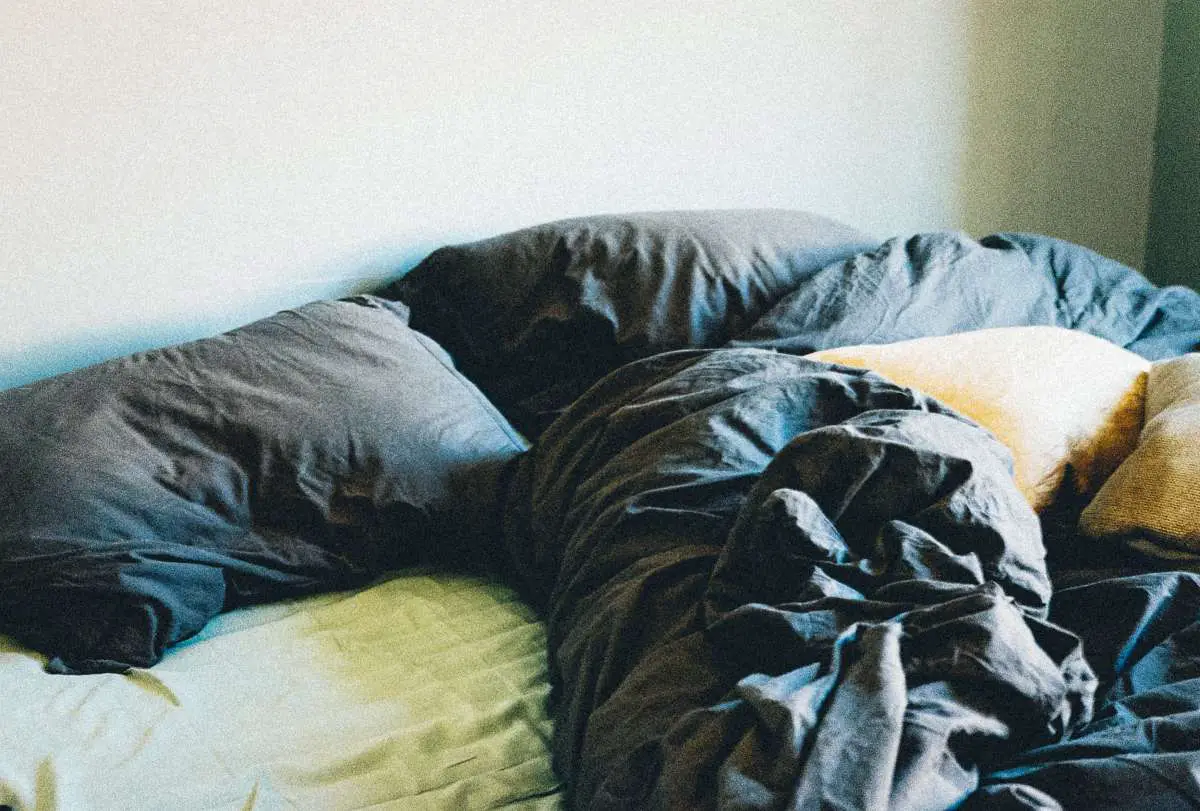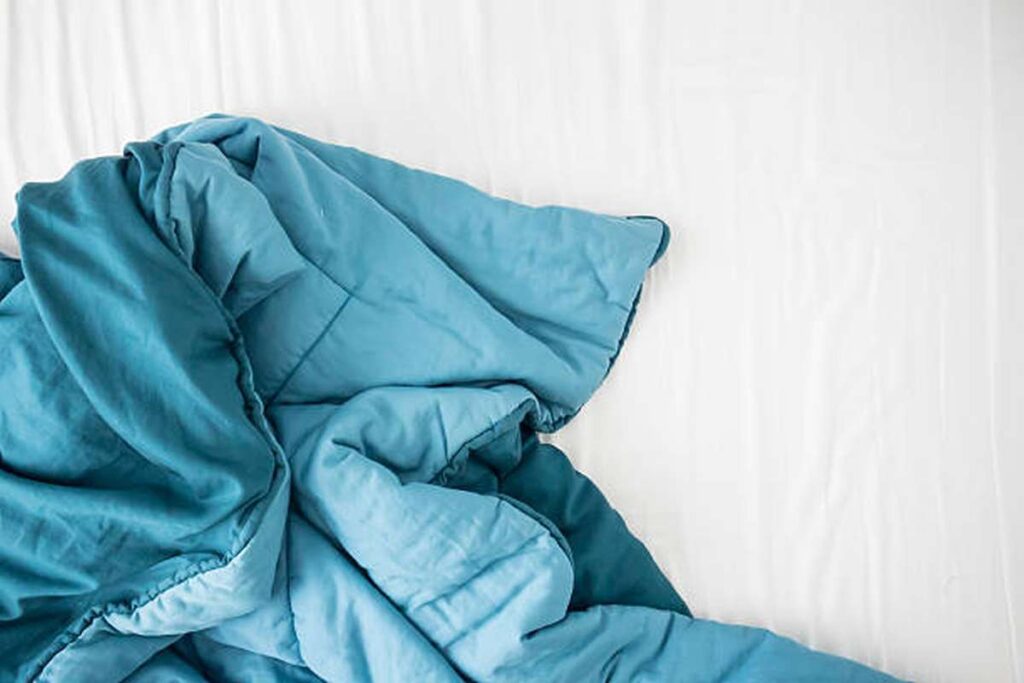Choosing between a comforter and a duvet can have a surprisingly significant impact on your bedroom. Both options offer unique advantages depending on your lifestyle and preferences, from style flexibility to warmth, ease of maintenance, and cost efficiency.
In this post, we’ll explain the practical differences between comforters and duvets so you can choose the best suit for your comfort needs, design aspirations, and budget.
Whether you’re looking for the perfect seasonal upgrade or a long-term investment in quality sleep, understanding the benefits of each can help you create a space that feels just right.
Let's get straight to the point
Consider what fits your lifestyle when choosing between a duvet and a comforter. Duvets offer style flexibility with removable covers that are customisable and warm.
They are also easier to clean since only the cover needs washing. This makes them a cost-effective, long-term choice if you frequently change decor.
Comforters are ready-to-use, require less assembly, and suit those looking for a simple, all-in-one solution. However, due to direct wear, they may need replacing sooner. Ultimately, duvets excel in versatility and durability, while comforters are low-fuss and convenient.
1. Style Flexibility: Customisable Or Ready-Made?

Your choice of bedding can greatly affect your bedroom’s look and feel. Here’s how comforters and duvets differ when it comes to style:
Duvet
- High Customisation: Duvets have removable covers in various patterns, colours, and materials, making it easy to change your bedding style without replacing the duvet itself.
- Interchangeable Covers: A single duvet insert can be paired with multiple covers, allowing you to refresh your bedroom’s appearance seasonally or whenever you desire a new look.
- Wide Variety of Fabrics: Duvet covers come in different fabrics, such as cotton, linen, silk, and flannel, to match personal style and comfort preferences.
Comforter
- Fixed Design: Comforters typically come as one-piece bedding, with the outer fabric and filling sewn together, limiting design changes unless you purchase a new comforter.
- Bedding Sets Available: Many comforters are sold in bedding sets with matching pillow shams and sheet sets, making it convenient to achieve a cohesive look without extra effort.
- Less Flexible: Since comforters don’t require a cover, updating your bedding’s look means purchasing a new comforter, which can be more costly.
Winner: Duvet—the ability to swap covers easily offers greater flexibility and cost-effectiveness for those who like to change their decor.
2. Warmth And Comfort: Which Keeps You Warmer?
Warmth is a primary consideration when choosing bedding, especially if you live in colder climates or prefer a cosier sleep environment.
Duvet
- Higher Loft and Insulation: Duvets, especially those filled with down feathers or high-quality synthetic fills, tend to be warmer and fluffier than comforters.
- Customisable Warmth: You can adjust the warmth of a duvet by changing the cover to a thicker fabric, like a flannel for winter or a lightweight one for summer.
- Less Need for Extra Layers. A duvet’s loft generally provides enough warmth without additional blankets, making it a good all-season choice.
Comforter
- Moderate Warmth: Comforters usually contain less filling than duvets, making them less insulating and requiring extra blankets or a top sheet for colder weather.
- Consistent Warmth: Comforters have a fixed filling level, so the warmth level remains constant regardless of seasonal changes.
- Ideal for Layering: If you prefer lighter bedding, a comforter’s thinner profile works well when layered with other blankets for customisable warmth.
Winner: Duvet—with a warmer fill and adjustable cover options, a duvet generally provides better insulation and year-round flexibility.
3. Ease Of Maintenance: Which Is Simpler To Clean?
Your bedding’s ease of cleaning is essential for many, especially if you prefer low-maintenance solutions.
Duvet
- Cover-Only Cleaning: With a duvet, only the duvet cover needs to be cleaned regularly, which is typically machine-washable and easier to handle.
- Dry-Cleaning Often Required: Many duvets, particularly down-filled ones, require dry cleaning for the insert, adding cost and inconvenience.
- Less Frequent Insert Cleaning: Because the cover protects the insert, the duvet requires less frequent cleaning, saving time and effort.
Comforter
- Whole-Item Cleaning: Comforters require cleaning the entire piece, which can be challenging due to their bulk, and may need larger washing machines or professional laundry services.
- Machine Washable Options: Some comforters are machine-washable, but frequent washes can reduce their loft and softness over time.
- Can Be Time-Consuming: Due to their size, cleaning and drying a comforter can take longer than washing a duvet cover.
Winner: Duvet—the ability to clean only the cover makes duvets more maintenance-friendly, especially for those who want an easier washing routine.
4. Cost Efficiency: Which Option Saves Money?
Cost is another key consideration, especially as both bedding types have different accessories and maintenance needs.
Duvet
- Initial Investment in Covers: Duvets require a separate cover, which adds to the initial cost, but covers are usually more affordable to replace than buying a whole new comforter.
- Long-Term Savings: Duvet covers can be changed without replacing the duvet itself, providing a more economical way to update your bed’s look and extend its lifespan.
- Wide Range of Price Points: Duvets range from budget-friendly options with synthetic fills to high-end versions with premium down or natural fibres.
Comforter
- All-in-One Cost: Comforters are sold as one piece and often come in sets, making them less expensive upfront for those looking to buy a full bedding solution in one go.
- Potential Replacement Costs: Since comforters are used without an additional cover, they may wear out faster and require complete replacement, which can add up over time.
- Affordable for Simple Needs: Comforters can be a good choice for budget-conscious buyers, particularly those who don’t need or want to change their decor frequently.
Winner: Duvet—while duvets have a higher initial cost, the ability to replace just the cover makes them more cost-effective in the long run.
5. Practicality And Ease Of Use: Assembly And Setup
How easy is it to assemble and use your bedding daily? Here’s how duvets and comforters differ in terms of practicality.
Duvet
- Challenging Setup: Putting a duvet insert into its cover can be tricky and time-consuming, especially for those new to duvets.
- Requires Adjustments: Duvet inserts can shift within the cover, requiring regular adjustments to distribute the duvet evenly.
- Corner Ties Available: Many duvet covers come with corner ties or fasteners to help keep the insert in place, though they don’t always prevent shifting entirely.
Comforter
- Ready-to-Use: Comforters are straightforward and ready to go out of the bag, eliminating the hassle of inserting them into a cover.
- Low Fuss: Because comforters do not require additional covers, they require less assembly and adjustments, making them easy for anyone to use.
- Easier for Bed Making: A single-piece design means that comforters are simpler to arrange on the bed and stay better without frequent readjustments.
Winner: Comforter—comforters are more user-friendly and quicker to set up, making them a good choice for those who prefer a no-fuss approach.
6. Durability: Which Option Lasts Longer?

Durability plays an important role, especially for buyers seeking long-lasting bedding.
Duvet
- Extended Lifespan with Cover: Since the cover protects the duvet insert from daily wear and stains, duvets often last longer than comforters.
- Replaceable Covers: If the cover gets worn or damaged, you can simply replace it without replacing the entire duvet.
- Fill Quality Matters: Duvets filled with high-quality down or synthetic fill tend to retain their shape and insulation better over time, though frequent dry cleaning can affect their loft.
Comforter
- Direct Wear and Tear: Comforters don’t have a protective cover, which exposes them to more direct wear and potentially leads to faster degradation.
- Frequent Washing Impact: Frequent washing can reduce the plushness and shape retention of comforters, especially if filled with synthetic materials.
- May Need Replacing Sooner: Without a protective cover, comforters may need to be replaced sooner, especially in households with children or pets.
Winner: Duvet—the protective cover adds an extra layer of durability, making duvets a better choice for long-term use.
Conclusion
Choosing between a comforter and a duvet depends on your priorities in style, flexibility, warmth, maintenance, and ease of use. Due to the protective cover, duvets offer versatility with removable covers, allowing easy decor changes, customisable warmth, and longer-lasting durability.
Conversely, comforters are ready-to-use and low-maintenance, ideal for those seeking a simple, all-in-one bedding solution. While duvets excel in flexibility and cost efficiency over time, comforters suit those who prefer convenience without the extra assembly.

